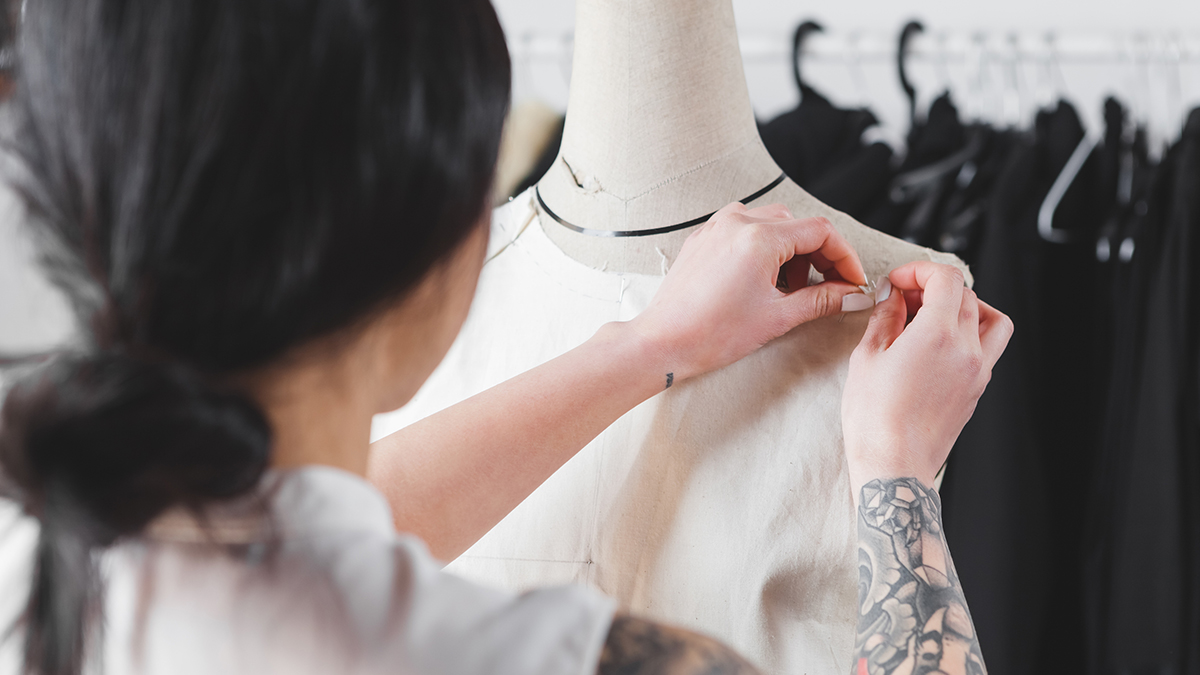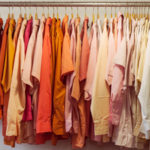How Experiential Retail is Building Connections with Consumers
Last month, I had the opportunity to attend Shoptalk, a retail and ecommerce conference focused on how consumers discover, shop and buy. The conference agenda was packed with impressive keynotes (Lionel Richie, anyone?) and breakout sessions led by professionals from leading global brands and retailers, including some of our very own customers such as Tumi, Perry Ellis and Ulta.
Throughout the event, I noticed a few key themes that came up time and again:
- The interplay of online and in-store shopping
- How experiential retail is building connections with consumers
- The potential for artificial intelligence to change the way we shop
In my last post, I focused on the first theme: the interplay of online and in-store shopping. In this post, I’ll focus on how experiential retail is building connections with consumers.
Experiential Retail: Experience for Engagement
Every day, it seems like there’s news of another retailer shutting its stores. But brick and mortar isn’t dying — physical stores still play a key role in the shopping journey. In fact, PowerReviews research found that 48% of shoppers who start their journey on a brand or retailer site prefer to make their final purchase in-store. And nearly half of Centennials (consumers at 13-18) prefer to shop in-store.
The brick and mortar retailers that are surviving — and thriving — are those that are providing rich, personalized experiences to their in-store and online shoppers. In order to offer great shopping experiences, it’s key for brands and retailers to arm associates with the tools they need to provide them.
Health and Beauty Providing Memorable Experiences
Today, brick and mortar stores won’t survive simply by being a place to conduct a transaction. Stores must also be a place where shoppers can find entertainment and inspiration. One industry that’s excelling at leveraging stores to create experiences to connect with shoppers is health and beauty.
Health and beauty retailers are marrying online and in-store and providing rich experiences for their shoppers in many ways. For example, some beauty retailers are providing in-store stylings for shoppers — which isn’t a new concept. But then, the associate will email the shopper before and after photos — along with a list of the products used during the styling. This provides shoppers with not only products, but also a unique experience. It also encourages on-the-spot in-store purchases, as well as future purchases online.
Future Proof: Building a Fashion Brand for the Millennial Consumer
For me, the most inspiring presentation of the conference was delivered by Uri Minkoff, Co-Founder and CEO of Rebecca Minkoff, the largest fashion brand founded by a Millennial female with some of the most digitally innovative stores. The session, titled “Future Proof: Building a Fashion Brand for the Millennial Consumer,” focused on the ways the brand is ensuring its success and connecting with its shoppers.
Rebecca Minkoff pioneered the business model of See, Buy, Wear, meaning clothing collections are immediately available to the public after appearing on the runway, rather than weeks or even months later. Minkoff says this business model shift has been “transformative” for the business.
Rebecca Minkoff leveraged the See, Buy, Wear model by hosting a fashion show at The Grove in Los Angeles earlier this year. The brand invited other brands to participate and provided shoppers with the opportunity to connect with brands, bloggers, and other fashion influencers. This event gave the brand a chance to truly connect with consumers and provided shoppers with a unique, memorable experience. And it boosted the brand’s revenue, too; after the show, sales were up 64% from same period last year.
Uri Minkoff also discussed how the brand is maintaining relationships with their shoppers in the era of the Internet of Things. For example, Rebecca Minkoff recently released a “Connected” handbag that, once purchased, puts the consumer into a loyalty program that provides exclusive offers, style recommendations, and even an invitation to a Rebecca Minkoff fashion show. Essentially, this handbag is the key to unlocking unique experiences and opportunities for the wearer.
Now is the time for brands and retailers to develop a strategy for providing their shoppers with a great customer experience, both online and in-store. Learn how user-generated content can help you connect with your shoppers by contacting us today.




